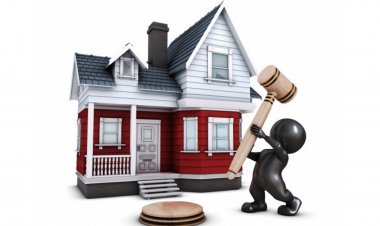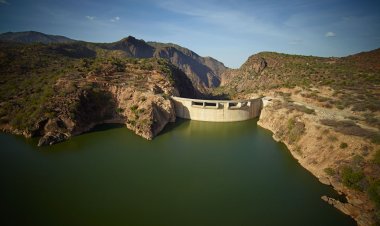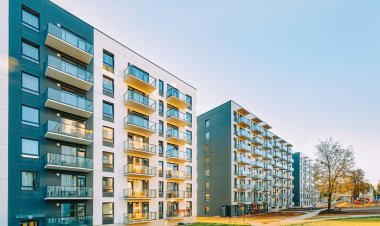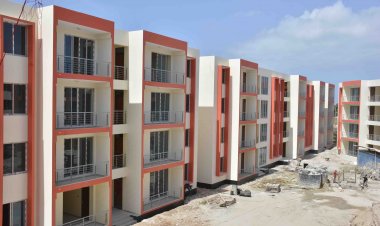General types of Ground Floor Construction
When it comes to ground floor construction, it's good to know the options you have in terms of choice.
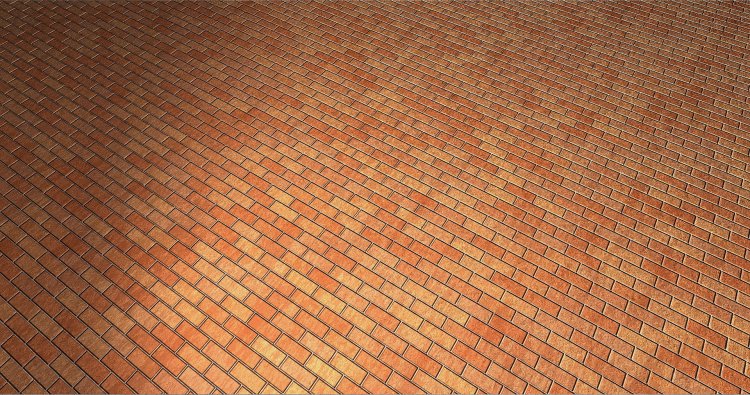
A floor will need to provide one or more of the following:
Structural support of the room’s contents and users and the weight of the floor itself and if the floor is a ground floor, provide resistance to - Ground moisture and heat loss
There are three types of ground floor construction
- Solid floor
A typical way of constructing a solid floor would be to provide a base of hardcore with sand blinding, with a layer of concrete over it. To ensure a level finish to the floor, a layer of screed is added over the top of the concrete, which consists of sand and cement. A suitable gauge damp proof membrane and thermal insulation must be provided. The thickness of the various parts of the floor will depend on ground conditions and the order in which they are laid. If the existing house has air bricks, ventilating existing floor voids for example, then ducting should be provided to allow air through the solid floor and into the void under the existing house. Air bricks are then placed in the new wall.
- Suspended timber floor
The structure should be protected against the growth of weeds and other plant-life. The ground should have a layer of concrete poured across and there should be a ventilated gap at least 150mm between the underside of the timbers and the concrete, to prevent moisture gathering and affecting the condition of the joists. The timber floor joists should be correctly sized depending on their span and are normally laid across the shortest span from wall to wall with a gap underneath.
- Suspended concrete floor
This construction is similar to the timber floor above but uses either pre-cast concrete beams with concrete planks or small pre-cast concrete beams with concrete blocks laid between the beams. They can normally span a greater distance than timber joists. Ventilation is required in the same way as a suspended timber floor. The manufacturers may well work out of the size of the concrete beams and provide the structural calculators.
Contaminated ground and radon
In some areas, the ground could have a certain amount of contamination where gases form such as from landfill sites. These gases need to be ventilated and a gas membrane will be required to stop them from entering the building.










